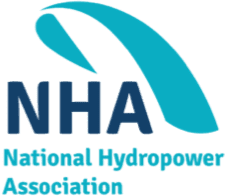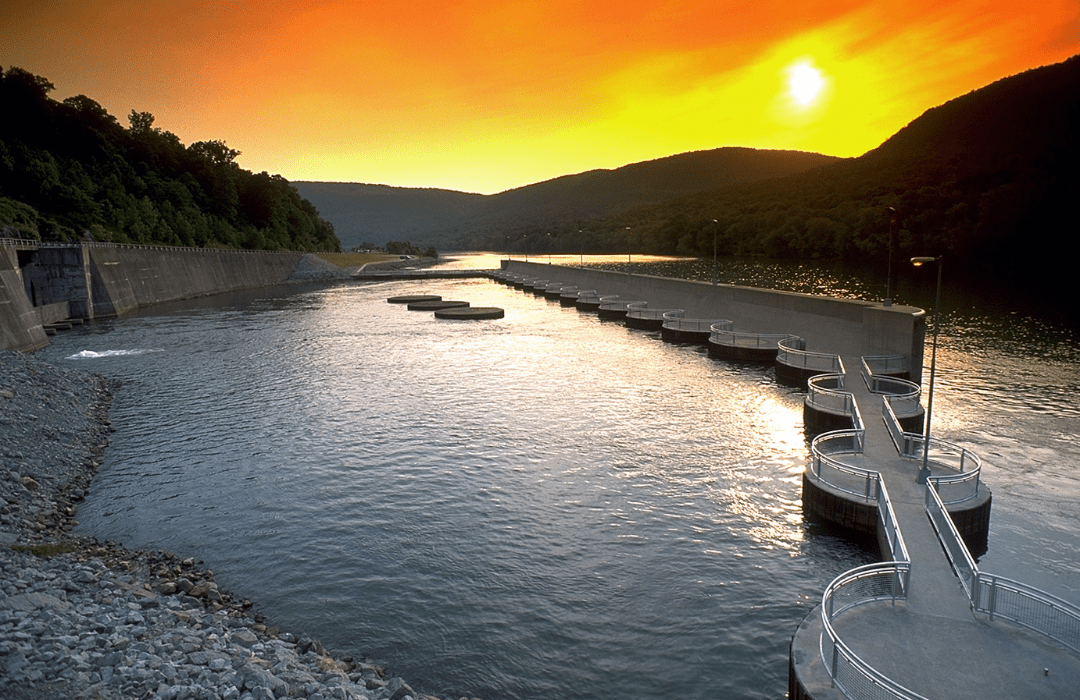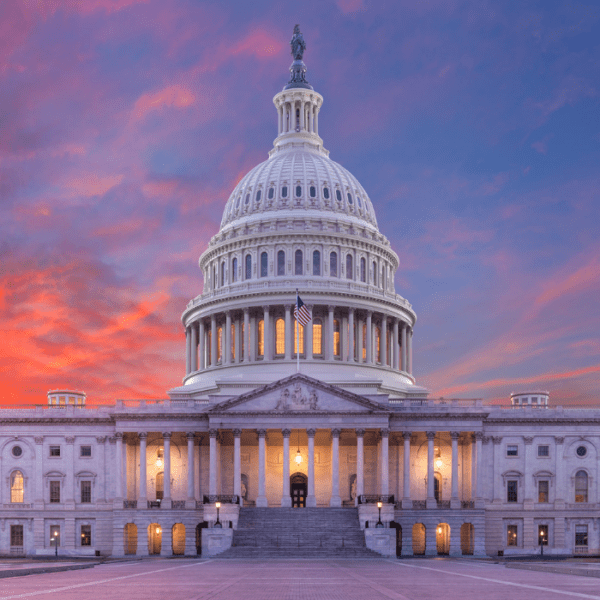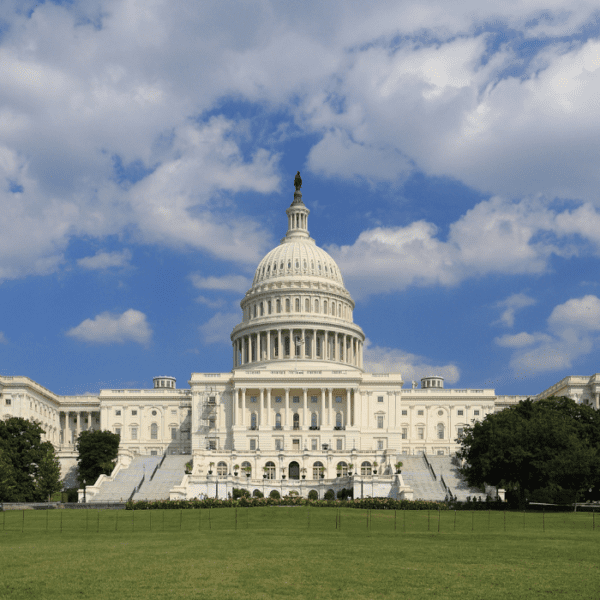While the benefits of hydropower’s reliability are known, the flexibility that it provides to renewable energy sources like wind and solar is unmatched.
With electricity from wind and solar expected to double in the next five years, periods of lower generation will eventually expand from hour-to-hour variations to seasonal timescales. This seasonal variability will require more flexible energy sources than wind and solar can provide, and this is where hydropower enters the conversation.
According to the International Energy Agency’s (IEA) report titled “Managing Seasonal and Interannual Variability of Renewables,” hydropower is the second most important seasonal flexibility resource after thermal power plants, with hydro able to provide 30-50% of total seasonal flexibility per plant.
Water quality management at hydropower reservoirs also plays an increasingly important role in managing seasonal variability. This is due to rainy seasons that produce excess water, which can be retained, regulated, and strategically released. With climate change causing intense rain events, flood management infrastructure that’s simultaneously capable of both storing and providing energy becomes indispensable.
Hydropower’s role in managing seasonal and interannual variability of renewables featured heavily in comments National Hydropower Association filed with The White House’s Council on Environmental Quality; specifically, examining hydropower’s flexibility and reliability across the U.S.
The hydropower industry understands the renewables’ importance to the United States’ clean energy goals, but communicating the science and logic behind hydropower’s role in a clean energy future is critical when it comes to securing funding and support for projects like adding hydropower generation capacity to non-powered dams.
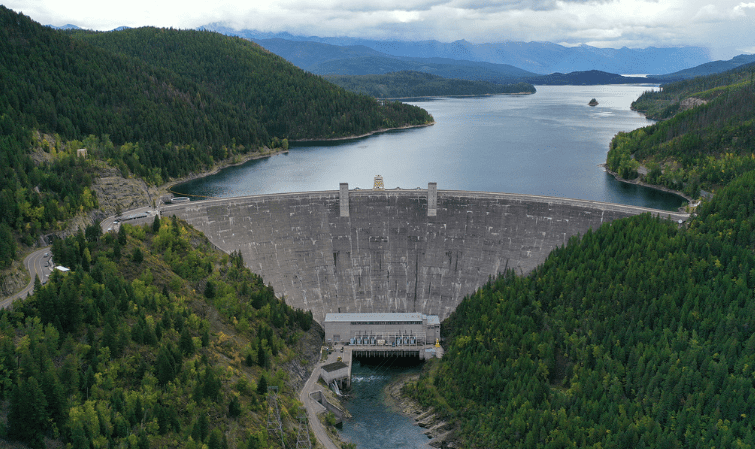
HYDROPOWER’S ROLE IN SEASONAL VARIABILITY
The Biden Administration’s carbon-zero goals rely on a future where renewable heavy grids meet the energy needs of Americans, and due to this, seasonal variability will demand a more flexible energy source featuring contributions from hydropower, solar, and wind.
According to IEA’s “Managing Seasonal and Interannual Variability of Renewables,” hydropower plants – including reservoir, run-of-river, and pumped-storage – provide flexible generation for intervals ranging from less than a second to months. Pumped storage hydropower also provides long-term energy storage and accounts for 93% of all utility-scale energy storage in the United States
Hydropower reinforces other clean energy sources, which will continue to scale over the next decade. While solar and wind have proven themselves as cheap alternatives to fossil fuels, they, too, benefit from “an all of the above” renewable energy approach, which will provide a stable and reliable grid bolstered by hydropower’s unmatched flexibility and black start capability.
Black start capabilities are becoming increasingly important with climate change drastically impacting our nation’s grid (i.e. the September 2022 heat wave that pushed California’s grid to its limits or the 2003 Northeast blackout). During intense heat waves or natural disasters that cripple our infrastructure and threaten grid stability, it is necessary for an energy source to quickly get online when the rest of the grid goes dark. While hydropower provides 6% of overall U.S. electricity generation, it provides approximately 40% of the nation’s black start capability.
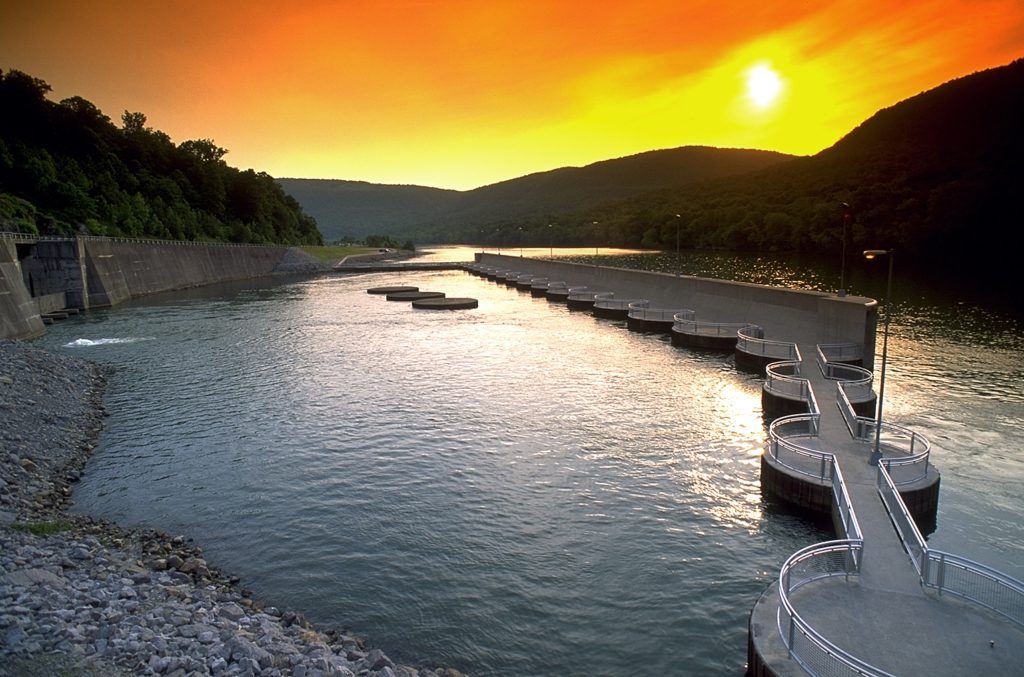
HYDROPOWER MITIGATES THE IMPACTS OF CLIMATE CHANGE
In addition to the Biden Administration’s carbon zero goals, a new set of greenhouse gas reduction targets have also been set; specifically, a 50% – 52% reduction of economy-wide net greenhouse gas pollution by 2030, a target which was based on 2005 levels.
One of hydropower’s key advantages when compared to other renewables is its capacity to enhance climate resilience through effective water management. Hydropower reservoirs support irrigation for farmers and help communities manage water supplies, providing stable and reliable supplies during extreme weather conditions.
Extreme drought and decreased rainfall caused severe waterflow concerns along the Mississippi River. To combat this, in 2021 the Tennessee Valley Authority (TVA) released water from dammed reservoirs and river systems to help provide more than one-third of the flow down the Mississippi River with only 5% of the drainage area. In a similar scenario, TVA mitigated the impacts of climate change by saving millions of dollars in flood damage after massive rainfall events occurred in February 2019. TVA averted damages everywhere below the dams – even in towns that experienced significant flooding. Altogether, TVA averted at least $1.6 billion dollars in structural damage throughout the Tennessee Valley.
According to the National Air and Space Administration (NASA), from 1958 – 2016 heavy rainfall events increased in northeastern states by 55%, midwestern states by 42%, and southeastern states by 27%. Climate scientist at NASA, Dr. Benjamin Cook, estimates that the likelihood of megadroughts, a drought lasting more than three decades, will increase from 12% to more than 60% due to greenhouse gas emissions. Hydropower owners and operators can take advantage of reservoirs by adding generation capacity to existing infrastructure, which can aide local communities, farmers, and indigenous communities in accessing affordable, renewable power while simultaneously creating a more stable grid.
With United States’ hydropower capacity projected to grow 50% by 2050, totaling 150 GW and powering more than 35 million homes, the potential savings in greenhouse gas avoidance are significant, totaling over $200 billion while supporting a workforce of almost 200,000.
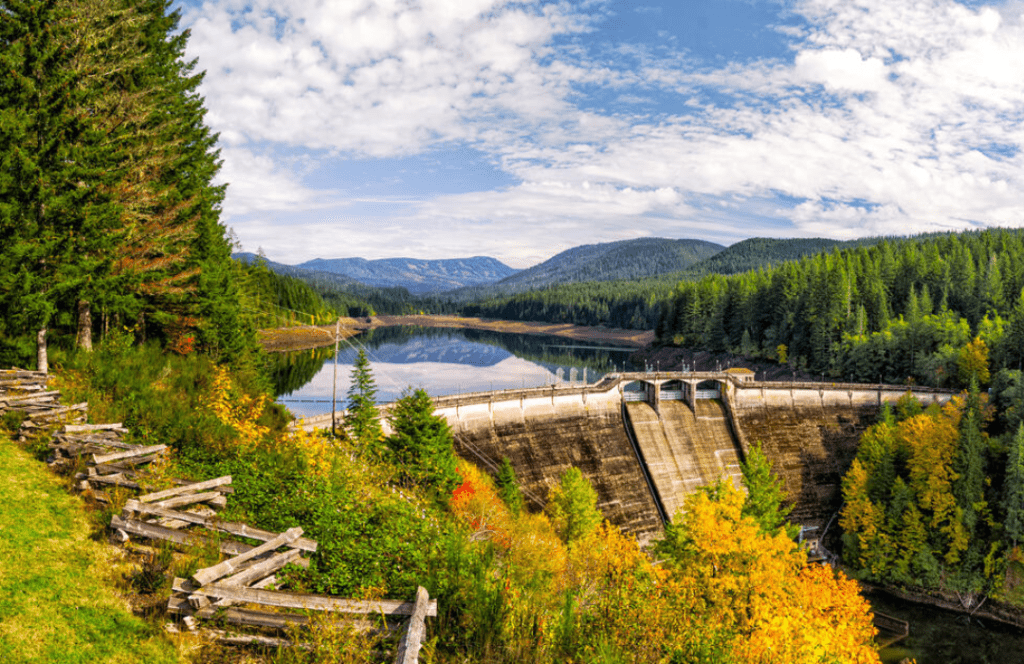
HOW NHA HELPS
To help raise hydropower’s profile as a key component in the renewable energy future, NHA filed comments with The White House’s Council on Environmental Quality regarding hydropower’s flexibility and reliability across the U.S., with a particular focus on its role in the Pacific Northwest.
Additionally, the importance of adding generation capacity to existing infrastructure at nonpowered dams and hydropower’s role in mitigating climate change as a clean energy source have both been the subject of comments filed comments filed with the Department of Energy and Environmental Protection Agency on seasonal variability.

